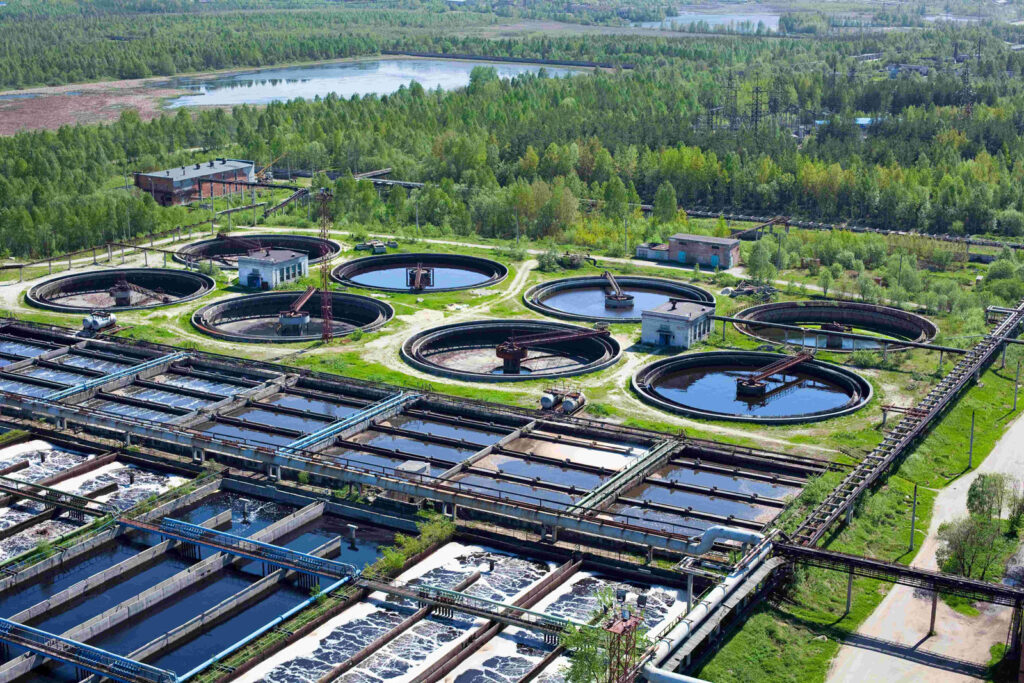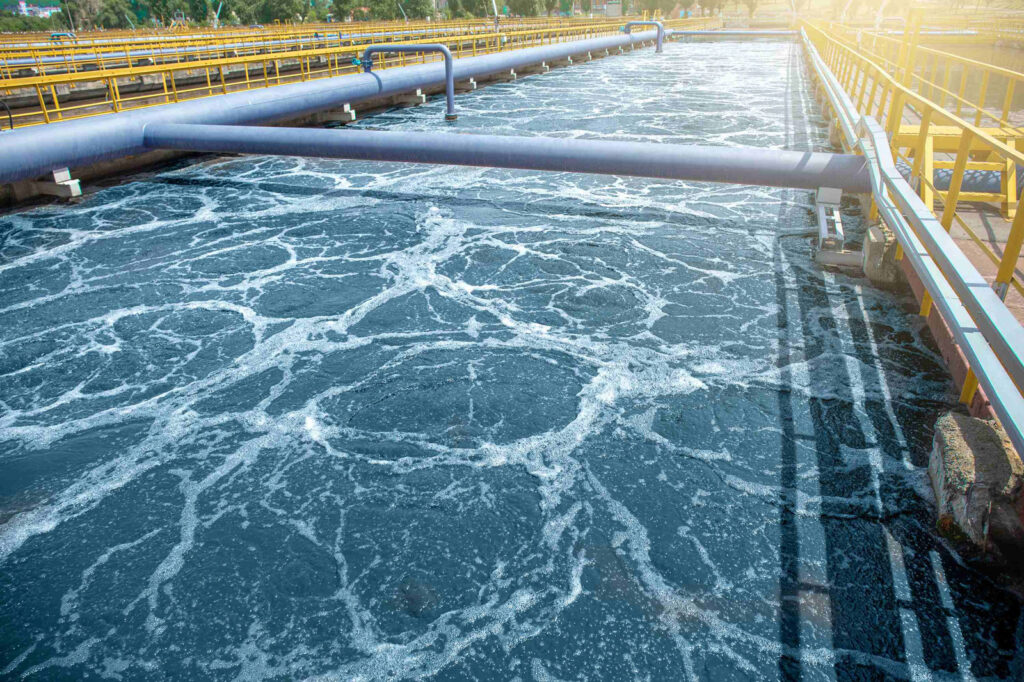
Clean water doesn’t just happen. It takes the right steps, along with the right chemistry, to make it safe to use or release. Coagulation is one of those key steps. It helps remove suspended particles, color, and even pathogens. While synthetic coagulants like alum have long dominated the field, natural coagulants are steadily gaining ground. One of the most promising options? Natural tannin coagulants.
These coagulants come from renewable plant sources and offer a more eco-friendly approach to water purification without giving up on performance. Let’s look at how they work, and why they might be the right fit for your system.
What Tannins Are Made Of
Tannins are organic compounds found in bark, seeds, and other plant parts. They’re especially concentrated in trees like acacia, chestnut, and quebracho. Once processed and refined, these compounds act as powerful agents for binding particles in water.
What makes them useful in treatment? Their structure. Tannins have negatively charged sites that attract positively charged particles like metals or organic matter. This interaction causes the particles to clump together and sink. The result is clearer, cleaner water.
Some facilities still rely on metal salts, despite the added sludge and chemical residues they often produce. Plant-based alternatives address these issues with fewer side effects and comparable treatment results. Specialist manufacturers like Tanafloc have created tannin-based natural coagulant options that make pollutant removal more efficient while keeping the process cleaner and easier to manage.
How Tannin-Based Coagulants Work
The process starts with destabilization. Water usually holds particles in suspension thanks to surface charges that keep them apart. Tannin coagulants disrupt that balance. Once the particles lose their repelling force, they start sticking together.
Next comes flocculation. As particles bump into each other, they form larger clumps called flocs. These flocs are heavy enough to settle out in sedimentation tanks or get caught in filters.
Compared to conventional coagulants, tannins work well in waters with low to moderate turbidity. They also perform across a decent range of pH levels, though pH adjustment might be needed depending on the water source.
Environmental and Health Benefits
Tannin coagulants do more than just clarify water. They offer environmental and health advantages that synthetic options often can’t match.
- Lower disposal burden: They produce lighter sludge that’s easier to handle, transport, and reduce in volume.
- Safer sludge composition: Studies show that the byproducts are less toxic and, in some cases, suitable for reuse under local regulations.
- Biodegradable ingredients: Tannins break down naturally, reducing the risk of chemical residues in treated water.
- Reduced chemical footprint: Plant-based coagulants help avoid persistent compounds and lessen the need for extra treatment steps.
These advantages lead to cleaner results, simpler operations, and better alignment with environmental goals.
Practical Applications
Tannin-based coagulants work in both municipal water treatment and wastewater treatment systems. They’re especially useful in smaller or rural plants where operators want to avoid harsh chemicals and manage sludge more easily. These coagulants also perform well in industries like textiles, paper, and food processing, where industrial effluents often complicate treatment with conventional chemicals.

In many cases, they integrate smoothly into existing setups. You won’t need to overhaul your system, just fine-tune coagulant dosage and monitor pH adjustment to meet treatment goals.
Cost and Performance Considerations
Upfront, tannin coagulants may cost the same as traditional chemicals, or slightly more in some cases. But that’s not the full story. They typically generate less sludge, which can lead to real savings in disposal and maintenance.
They also reduce risks tied to handling and long-term exposure. That can lower insurance costs and cut down on the need for extra training or protective gear.
However, performance can vary depending on water chemistry. Some trial and error may be needed to dial in the right dosage. Still, most systems report results that are comparable to or even better than those from conventional options, with fewer side effects.
Limitations and Challenges
Natural tannins aren’t perfect for every setting. In very high turbidity or heavily polluted waters, you might need a blend or support from other treatment chemicals. They also require tighter control of pH and mixing speed to get the best results.
Storage and shelf life can be a concern in remote areas or where temperatures fluctuate a lot. While stable, tannin products are still plant-based and sensitive to long-term exposure.
Why You Might Choose Natural Tannins
If your priority is sustainability, tannins are hard to beat. They come from renewable sources, create less waste, and don’t introduce heavy metals. They’re also safer to store, ship, and use, especially in places where technical resources are limited.
You might also choose tannins if your system serves a small or rural population, or if you’re treating process water that doesn’t require aggressive chemical treatment. They support eco-friendly practices and help align your operation with rising environmental standards.
The Bottom Line
Natural tannin coagulants offer a smart, sustainable way to improve water treatment without adding to your chemical load. They may not solve every challenge, but they provide a reliable, well-tested option in many systems.
As demand grows for greener alternatives, tannins are proving they belong in the toolkit of modern water treatment.











